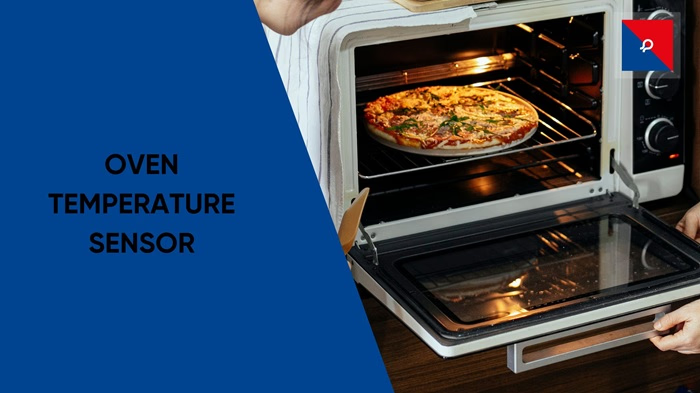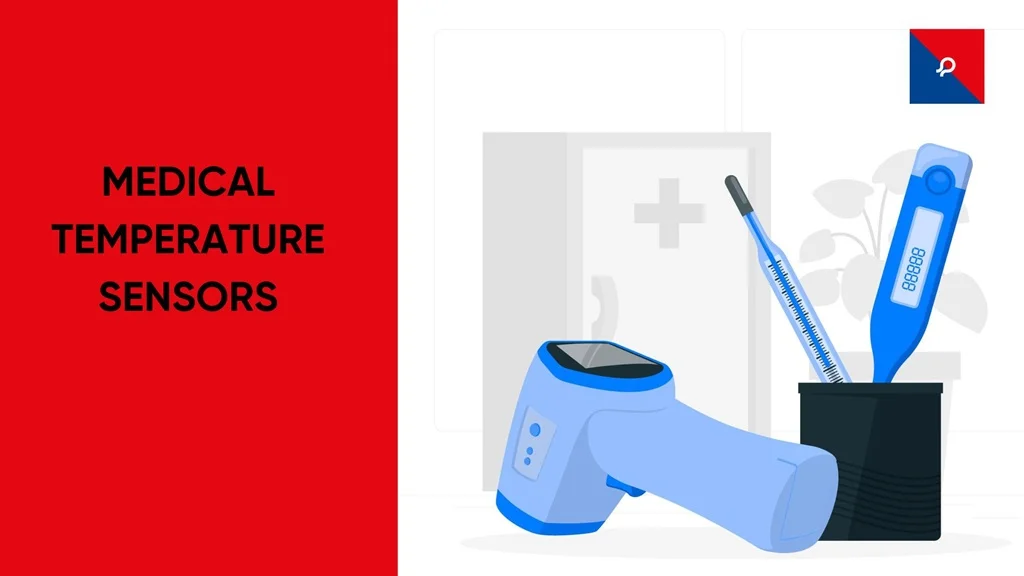
Air conditioning systems are necessary for maintaining indoor comfort, and temperature sensors play a key role in their functionality. These sensors constantly monitor the temperature of the room, thereby ensuring that the air conditioning system works properly in regard to operations. This blog will discuss the basics of AC temperature sensors, the types that they use, how they work, how to tell if there are any issues, solutions to fix them, and frequently asked questions to answer some of the common concerns.
What are AC Temperature Sensors?
AC room temperature sensors measure the air temperature in a room or the system itself. The data is fed into the control unit of the air conditioning compressor, which simply switches the cooling cycle according to the set temperature. The absence of these sensors renders an air-conditioning system to be inefficient or even incapable.
What Types of Temperature Sensors Are Used in AC?
The NTC temperature sensor is the most common and widely used across all kinds of AC segments to measure the room & coil temperatures.
Thermistors
Thermistors have extremely high sensitivity and provide highly accurate performance temperature readings. It is very effective and an almost universal instrument in household air conditioning applications.
How Do AC Temperature Sensors Work?
An air temperature sensor AC constantly observes the temperature of the room or detects the evaporator coil. It goes like this as follows:
- Temperature Sensing: The sensor detects the variation of temperature.
- Signal Transmission: It converts the temperature data into electrical signals and transmits it to the control board.
- System Adjustment: Based on the data, the control unit adjusts the compressor and fan to maintain the desired temperature in the room.
This is the methodology by which the AC "senses" temperature and keeps the room cool or warm as required.
How to Identify if an AC Temperature Sensor is Not Working
It could indicate that your air conditioning system is malfunctioning and may require the replacement of the sensor. The following are common symptoms:
- Irregular Cooling: The room sets a temperature but is too cold or too hot.
- Frequent Cycling: The AC turns off a lot, and it's never getting cold.
- Error Codes: Error codes that report sensor issues are common nowadays in modern AC.
- Unresponsive Thermostats: No matter how you adjust the settings on the thermostat, it still won't manipulate heating or cooling.
How to Fix an AC Sensor Problem
In the case of perceiving malfunctioning of the AC temperature sensor, please follow the subsequent measures:
1. Inspect the Sensor
- Locate the sensor, usually around the evaporator coil or into the indoor unit.
- Check for visible damage, dirt, and disconnection.
2. Clean the Sensor:
- Use a soft cloth to comfortably dust the sensor without scratches or scuffmarks.
3. Check the Wiring:
- Use a soft cloth to comfortably dust the sensor without scratches or scuffmarks.
4. Test the Sensor:
- In different temperatures, use a multimeter to check the sensor's resistance. Compare it against the boundaries provided by the manufacturer.
5. Replace if Necessary:
- In case your sensor has developed some malfunction that cannot be repaired, replace it with the appropriate type for your AC model.
Pro Tip: It is always recommended to consult the AC manual or a professional technician when repairing things.
Why JR Sensors are Popular in AC Systems
JR Sensors are among the well-known brands in HVAC (heating, ventilation, and air conditioning) products. Their sensors are highly precise and durable and above all, reliable. Some of their key features include:
Temperature sensitive to extreme changes.
- Compatible with Different Models of ACs.
- Strongly built to withstand all kinds of environments.
- Pretty easy to install and upkeep.
JR Sensors are greatly preferred by a number of manufacturers owing to consistent performance along with cost-effective solutions.
Conclusion
The AC temperature sensor is a component for making a scene deep inside you. Therefore, understanding the kinds and other functions as well as problems related to air conditioning temperature sensors will allow you to troubleshoot and fix them. However, for any major repairs, always call upon a professional technician. In fact, with good care, regular maintenance can ensure that these temperature sensors will cool your AC for years to come.

Burnt Biscuits? Blame the Sensor – The Hot Truth About Your Oven’s Temperature Troubles
If your oven’s cooking like it’s got a mind of its own, your temperature sensor might be the silent saboteur. From half-baked casseroles to scorched cookies, we break down how this little sensor works, why it matters, and how to fix it—without losing your cool (or your dinner). A fun, practical guide that’s just as useful as it is digestible.

Hot Stuff: Why Your Engine Can’t Live Without an Exhaust Temperature Sensor
Think exhaust sensors are just another car part? Think again. These tiny guardians track fiery exhaust temps, protect turbos, keep emissions in check—and even help you pass that dreaded test. Dive into the witty, down-to-earth guide on how EGT sensors silently save your engine (and your wallet) every day. Bonus: You’ll sound like a car guru by the end.

Tiny Tech, Big Impact: Inside the World of Medical Temperature Sensors
Discover how medical temperature sensors work, why they're crucial in healthcare, and how health sensors are transforming modern medical diagnostics. From wearable tech to high-precision devices, learn about the different types of temperature sensor medical devices used today.